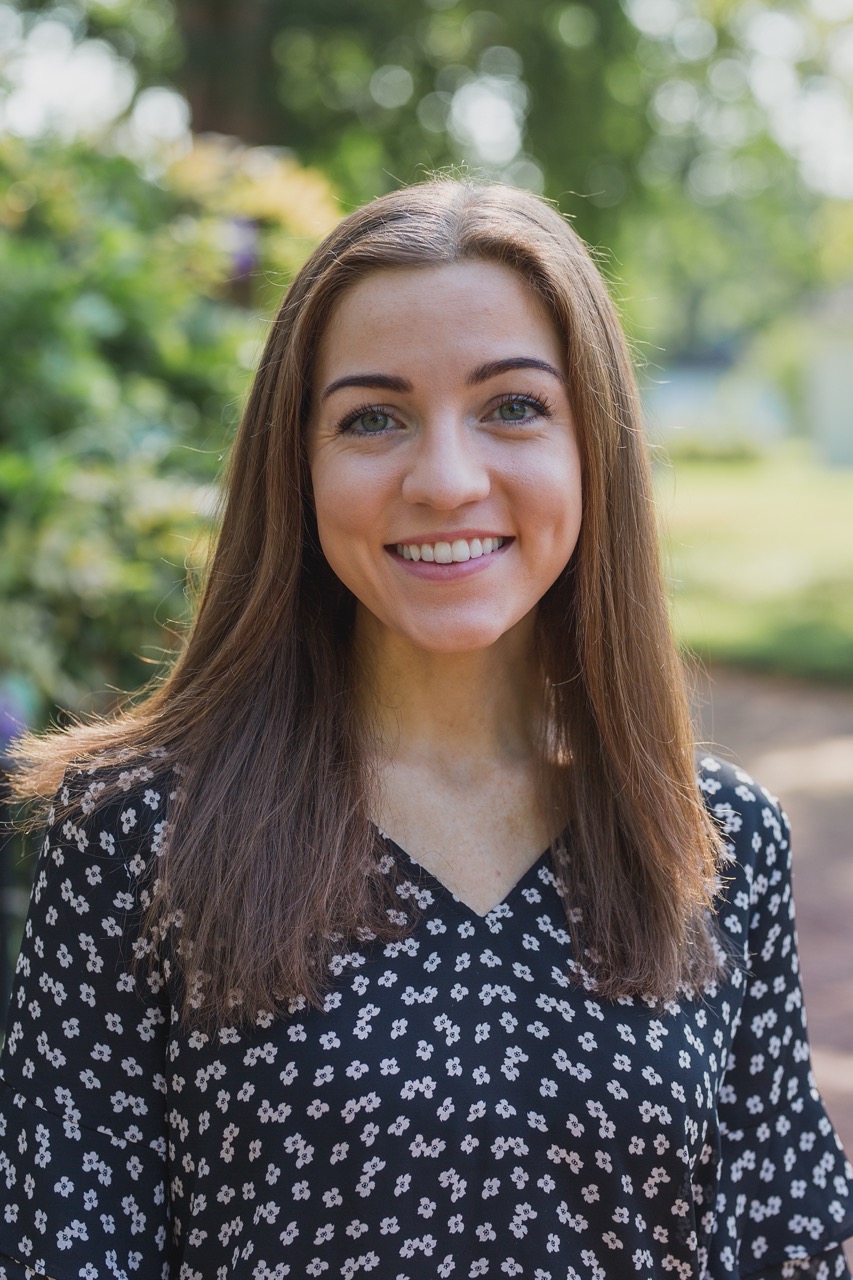Symposia
Tic and Impulse Control Disorders
1 - (SYM 140) Long-term Outcomes of Acceptance-enhanced Behavior Therapy for Trichotillomania
.jpg)
Douglas W. Woods, Ph.D. (he/him/his)
Dean of the Graduate School
Marquette University
Milwaukee, Wisconsin
Kathryn E. Barber, M.S. (she/her/hers)
Graduate Student
Marquette University
Milwaukee, Wisconsin.jpg)
Douglas W. Woods, Ph.D. (he/him/his)
Dean of the Graduate School
Marquette University
Milwaukee, Wisconsin- MT
Michael P. Twohig, Ph.D. (he/him/his)
Professor
Utah State University
Logan, Utah - SS
Stephen Saunders, Ph.D. (he/him/his)
Professor
Marquette University
Milwaukee, Wisconsin - SC
Scott Compton, Ph.D. (he/him/his)
Professor
Duke University School of Medicine
Durham, North Carolina - MF
Martin E. Franklin, Ph.D. (he/him/his)
Clinical Director
Rogers Behavioral Health
Philadelphia, Pennsylvania
Speaker(s)
Co-author(s)
Trichotillomania (TTM), or hair pulling disorder, is a psychiatric condition that can result in significant distress and functional impairment. Behavior therapy has been the leading treatment approach for TTM, but follow-up studies often show high relapse rates after treatment. To enhance treatment outcomes for TTM, traditional behavior therapy techniques have been combined with aspects of acceptance and commitment therapy (ACT). Evidence suggests that acceptance-enhanced behavior therapy (AEBT-TTM) can be an effective treatment for TTM (Fine et al., 2012; Woods et al., 2006; Woods et al., 2022), but long-term outcomes for AEBT-TTM have not yet been evaluated.
This study examined six-month follow-up data from a large randomized clinical trial testing the efficacy of AEBT-TTM (Woods et al., 2022). Adults with TTM (N=85; 92% women; M age = 35.4) were randomized to receive 10 sessions of either AEBT-TTM or psychoeducation and supportive therapy (PST). TTM severity was assessed via the clinician-administered National Institute of Mental Health Trichotillomania Severity Scale (NIMH-TSS) and the self-report Massachusetts General Hospital-Hairpulling Scale (MGH-HS). Independent evaluators administered the Clinical Global Impressions-Improvement (CGI-I). Scores of 1 or 2 on the CGI-I (i.e., “very much improved” or “much improved”) determined clinical response.
At six-month follow-up, more AEBT-TTM participants (70%) met clinical responder status as compared to PST (37%). In the AEBT-TTM group, scores on the NIMH-TSS and MGH-HS remained significantly lower at follow-up as compared to baseline (ps < .001), but increased from post treatment (p = .008, p = .004). The PST group also decreased on the NIMH-TSS and MGH-HS from baseline to post-treatment (ps < .001), but scores did not differ from post-treatment to follow-up (ps > .05). Results also showed that at follow-up, the AEBT-TTM and PST groups did not differ on NIMH-TSS (p =.099) or MGH-HS scores (p = .060).
These results support the efficacy and durability of AEBT-TTM. Findings show a partial return of TTM severity six months after AEBT-TTM, but gains were generally maintained. At follow-up, AEBT-TTM and PST did not significantly differ on measures of TTM severity. However, participants in the AEBT-TTM group were more likely to meet clinical responder status at follow-up. Future research should examine factors that contribute to clinical response and enhance long-term gain maintenance.

